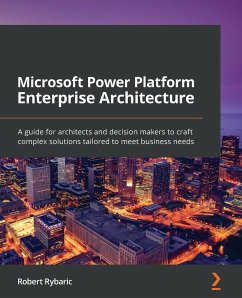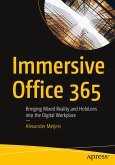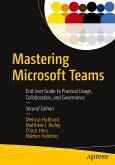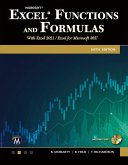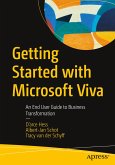Gain a 360-degree view of Microsoft Power Platform and combine the benefits of Power Apps, Power BI, Power Automate, Azure, and Dynamics 365 to build an enterprise application platform for your organization Key Features Explore various Microsoft cloud components and find out how they can enhance your Power Platform solutions Get to grips with Microsoft Power Platform's security and extensibility, integration, and data migration models Discover architectural best practices for designing complex enterprise solutions Book Description For forward-looking architects and decision makers who want to craft complex solutions to serve growing business needs, Microsoft Power Platform Enterprise Architecture offers an array of architectural best practices and techniques. With this book, you'll learn how to design robust software using the tools available in the Power Platform suite and be able to integrate them seamlessly with various Microsoft 365 and Azure components. Unlike most other resources that are overwhelmingly long and unstructured, this book covers essential concepts using concise yet practical examples to help you save time. You'll develop the skills you need to architect, design, and manage a complex solution as you follow the journey of a fictitious enterprise customer as they enter the world of Power Platform. Throughout the book, you'll discover how to combine the functionality of Power Apps, Power Automate, Power BI, and Power Virtual Agents with various methodologies to effectively address application lifecycle management, security, and extensibility. Finally, you'll learn how to overcome common challenges in migrating data to and from Microsoft Power Platform using proven techniques. By the end of this book, you'll have the strategic perspective of an enterprise architect to make accurate architectural decisions for your complex Power Platform projects. What you will learn Understand various Dynamics 365 CRM, ERP, and AI modules for creating Power Platform solutions Enhance Power Platform with Microsoft 365 and Azure Find out which regions, staging environments, and user licensing groups need to be employed when creating enterprise solutions Implement sophisticated security by using various authentication and authorization techniques Extend Power Apps, Power BI, and Power Automate to create custom applications Integrate your solution with various in-house Microsoft components or third-party systems using integration patterns Who this book is for This book is for enterprise architects and technical decision makers who want to craft complex solutions using Microsoft Power Platform to serve growing business needs and to stay competitive in the modern IT world. A basic understanding of Microsoft Power Platform will help you to get started with this book.
Hinweis: Dieser Artikel kann nur an eine deutsche Lieferadresse ausgeliefert werden.
Hinweis: Dieser Artikel kann nur an eine deutsche Lieferadresse ausgeliefert werden.

